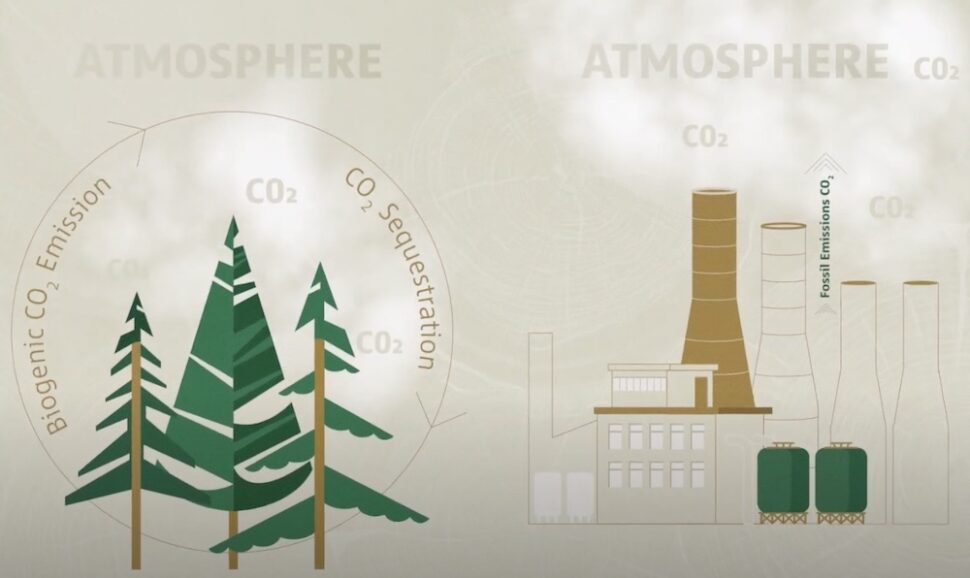Focused on unlocking new carbon solutions for the world, the Wood Pellet Association of Canada is releasing a new video that demonstrates the powerful role the wood pellet sector plays in building a low carbon, clean energy future, founded on sustainable forestry.
To understand the big carbon picture, or as the saying goes, to see the forest for the trees, requires a look beyond the lifecycle of a single tree to consider the carbon cycle of an entire forest and its products. The truth is sustainably managed forests, like those in Canada, support positive carbon balances.
With a step-by-step approach, the video looks at how carbon neutrality is achieved in well managed forests and how increased demand for forest products leads to greater forest productivity and more carbon being stored in the forest.
But wait, how can wood pellets be low carbon if they are burned to make energy and heat?
The big picture answer is two-fold: the same forest that produce the ‘leftover’ fibre used to make pellets are growing and being regenerated to offset the carbon that is released when these pellets are burned in Europe, Asia or right here at home in rural Canada. These emissions are also accounted for by the wood pellet industry from the very beginning of the supply chain at the time of harvest as per the Intergovernmental Panel on Climate Change’s rules for carbon accounting. So as the video points out, before wood pellets are ever used for energy and heat, their emissions have already been counted.
It’s no surprise this same panel, the world’s leading authority on climate change, has recognized the significant GHG mitigation potential of biomass – as much as 80 to 90 per cent.
The Canadian wood pellet sector exists primarily to make better use of forests that are already being harvested. The pellet industry has enabled sawmills to improve forest utilization and to maximize both jobs and value from the forest for the benefit of all Canadians.
WPAC and its members are proud to use innovation and investment to salvage what others viewed as “waste” to produce a clean energy source that supports sustainable, renewable, low carbon solutions to climate change and hold the promise of a clean energy future.

